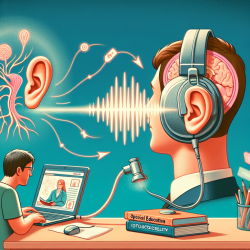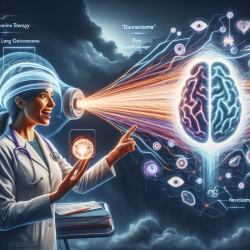Understanding the Genetic Factors Behind Chronic Musculoskeletal Pain
As a speech-language pathologist, you may wonder how genetic research can impact your practice, especially when dealing with chronic musculoskeletal pain in children. A recent study titled Analysis of genetically independent phenotypes identifies shared genetic factors associated with chronic musculoskeletal pain conditions sheds light on the genetic underpinnings of these pain conditions, offering valuable insights that can enhance therapeutic outcomes.
Key Findings from the Study
The study utilized principal component analysis to reduce the complexity and heterogeneity of chronic musculoskeletal pain phenotypes at four anatomical sites: the back, neck/shoulder, hip, and knee. By constructing genetically independent phenotypes (GIPs), researchers identified five loci associated with the leading GIP (GIP1), which explained 78.4% of the genetic variance of the analyzed conditions. This suggests that GIP1 represents a biopsychological component of chronic musculoskeletal pain, related to both physiological and psychological aspects.
Implications for Practitioners
Here are some actionable insights for practitioners based on the study's findings:
- Holistic Approach: The study underscores the importance of a biopsychosocial approach to chronic pain. Incorporating psychological and social factors into your therapy sessions can lead to more comprehensive care.
- Genetic Awareness: Understanding the genetic predispositions can help in identifying children who might be at higher risk for chronic pain, allowing for early interventions.
- Data-Driven Decisions: Utilize genetic information to tailor therapy plans more effectively. For instance, if a child shows a genetic predisposition to chronic pain, you might incorporate more pain management strategies into their therapy.
Encouraging Further Research
While this study provides a significant leap in understanding the genetic factors of chronic musculoskeletal pain, it also opens the door for further research. Practitioners are encouraged to stay updated with ongoing research and consider participating in studies that explore the genetic aspects of chronic pain in children.
Conclusion
Incorporating genetic research into your practice can lead to more effective and personalized therapy for children suffering from chronic musculoskeletal pain. By understanding the genetic components, you can make data-driven decisions that enhance therapeutic outcomes.
To read the original research paper, please follow this link: Analysis of genetically independent phenotypes identifies shared genetic factors associated with chronic musculoskeletal pain conditions.










